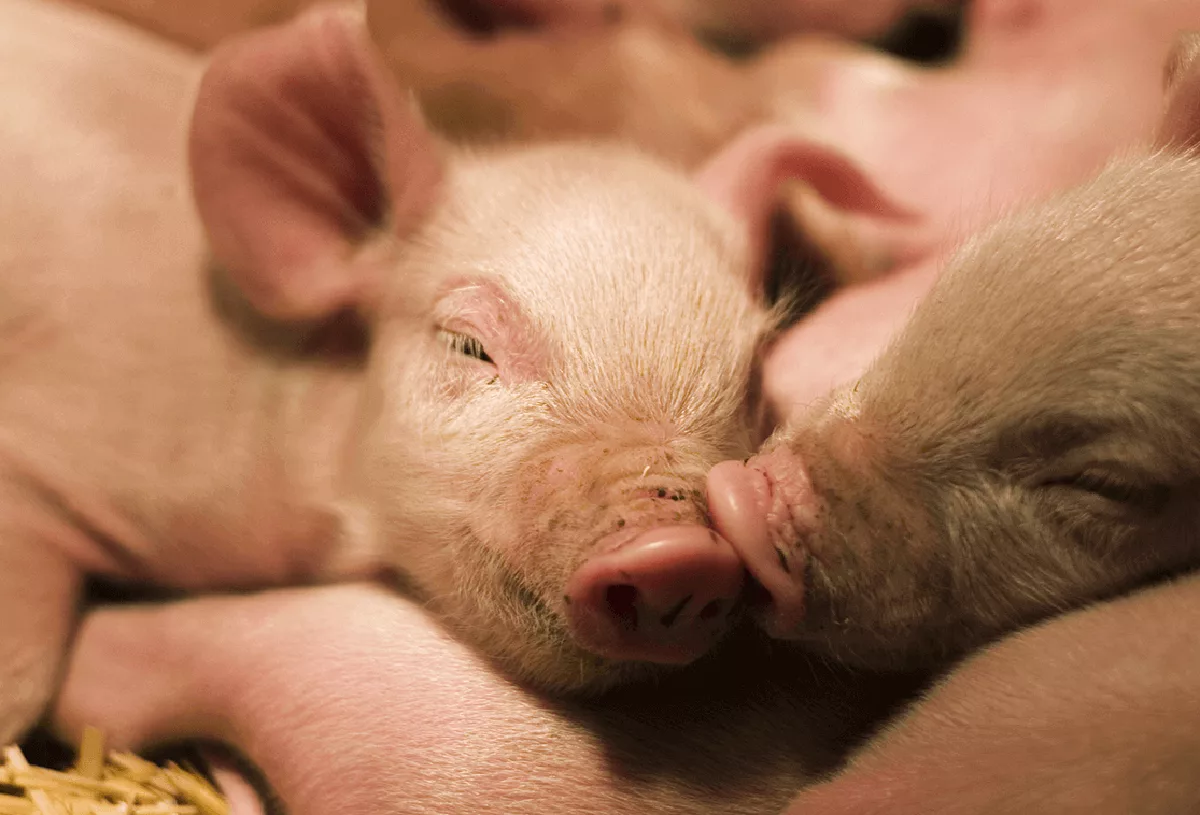In my October blog, “How are antibiotics in agriculture being used in 2017?,” I talked about how disease treatment, control and prevention are now the only allowed uses of antibiotics important to human medicine in animal agriculture.
This month, I want to focus on one of those, prevention, and let me start by saying: I am deeply troubled by the increasing call to eliminate the use of antibiotics to prevent disease in animals. As a veterinarian focused on the health of animals, I can say without question that if we lose the ability to use antibiotics for prevention purposes, more animals will die.
The World Health Organization (WHO) recently issued a recommendation that farmers and the food industry stop using medically important antibiotics routinely to promote growth and prevent disease in healthy animals. In the U.S., we agreed to stop growth promotion uses but ceasing to use these antibiotics for disease prevention is a dangerous step.
By their own admission, WHO’s guidelines are not supported by sound science. The document clearly states that WHO’s recommendations are based on “low-quality evidence” and in some cases, “very low-quality evidence.”
It’s important to note that the U.S. Food and Drug Administration (FDA) supports the use of medically important antibiotics for treating, controlling and preventing disease and considers these uses necessary for assuring animal health. The FDA also believes it is important to protect veterinarians’ role in the responsible use of antibiotics
I agree with those who fear WHO’s recommendation will impose unnecessary and unrealistic constraints on a veterinarian’s professional judgment.
Disease can spread quickly on farms. Groups of chickens are called flocks for a reason; they like to be close to each other. Cattle lick one another and pigs lay on top of each other. If licensed veterinarians can’t responsibly treat the animals that are at high risk or exposed to disease, there is no question more animals will die unnecessarily.
The USDA’s response to the WHO’s recommendation summed up the situation this way: “(We agree) that we need more data to assess progress on antimicrobial use and resistance, and we need to continue to develop alternative therapies for the treatment, control, and prevention of disease in animals. We remain committed to addressing antimicrobial resistance in people and animals.”
Veterinarians are trained to make clinical judgments when there is a threat that disease will spread, and no two situations are the same. Vaccines, proper nutrition, good ventilation and proper housing are all important factors to consider in the disease prevention battle. But, there are times when using antibiotics is the responsible choice. Period.
I stand behind the oath I took as a veterinarian to use my scientific knowledge and skills for the PREVENTION and relief of animal suffering. Preventing disease is key to protecting animal health. It’s our ethical obligation as veterinarians.
We’ve changed how we use antibiotics on farms in the U.S. and I support the changes. The responsible use of antibiotics by veterinarians and farmers, as well as by medical doctors and their patients, helps reduce the risk of antibiotic resistance. But prohibiting the use of antibiotics for prevention of disease in animals would equate to asking veterinarians to take an oath and then taking away one of the most important tools needed to uphold it.
I welcome your thoughts and questions. Please feel free to send me an email at AskDrDorman@pahc.com or call me at 844-288-3623. You can also browse our Resource Library to learn more about this important topic.
